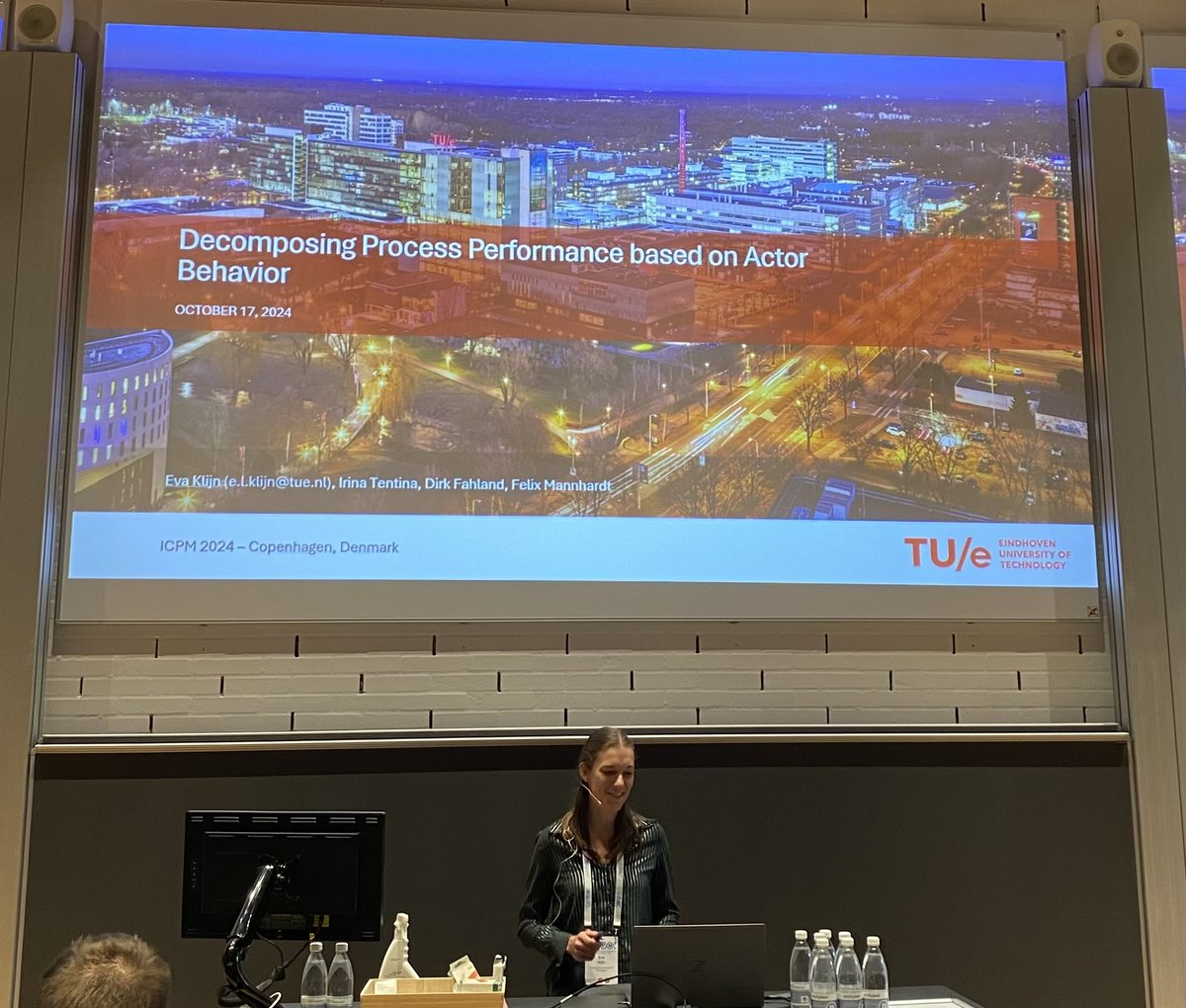
Maxim Vidgof
@MaxVidgof
Followers
87
Following
911
Media
89
Statuses
262
Dr. Maxim Vidgof | Assistant Professor | Institute for Complex Networks @wu_vienna
Vienna, Austria
Joined August 2018
Highlight of the day at the Algorithms and Tools for Petri nets (AWPN) workshop @icpm_conf: paper “State Machines (In Modular Petri Nets)” by Sophie Wallner. Check it out at:
1
0
4
Highlight of the day @icpm_conf: paper “Decomposing Process Performance based on Actor Behavior” by @Eva_Klijn, Irina Tentina, @dfahland & @fmannhardt. Check it out at:
2
1
10
Common critique to log-based simulations in general, as also brought up by @uartem, is “why discover rules and then simulate an event log when you already have an event log?”, and it’s difficult to argue, although such simulations do enable very realistic what-if analysis.
2
0
0
For the evaluation, the authors tested how well attribute types (EQ1) and update rules (EQ2) are discovered from event logs and if discovered data-aware branching conditions improve simulations compared to probabilistic approaches (EQ3). Evaluation setup:
zenodo.org
This document contains supplementary materials related to the evaluation of the paper: “Discovery and Simulation of Data-Aware Business Processes,” presented at the 6th International Conference on...
1
0
0












